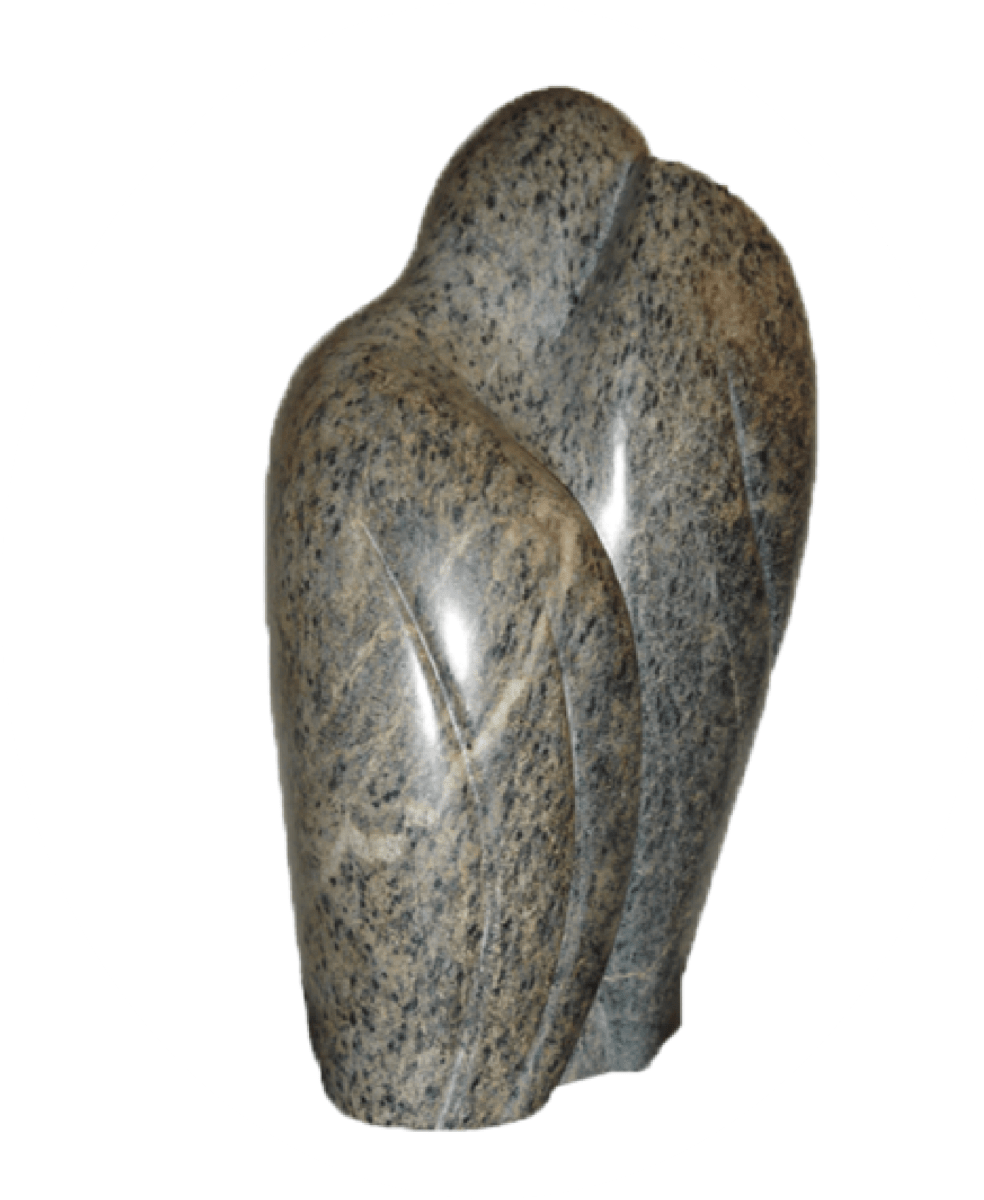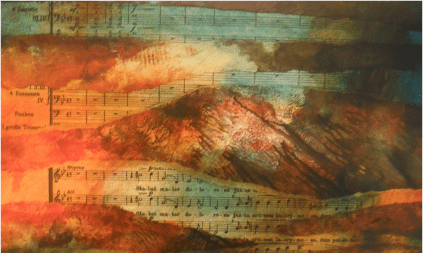Sergio Rendine
About the composer
Sergio Rendine was born in Naples, Italy, in 1954. He studied composition in Rome and choral music and conducting in Pesaro.He received commissions from many leading musical institutions, for instance the BBC, the Salzburg Festival, the Verona Arena, the Bolshoy Theatre and many others. He was one of the composers of the World Mass for Peace, performed in Oslo during the Nobel Prize award ceremony.
Rendine’s style has been influenced by the sacred music of Bach, by the theatrical music of Naples, by the traditional passion music that was sung in the streets and by the rhythms of ritual dances. All these can be heard in his Passio et Resurrectio, describing the last 24 hours of the life of Christ, in which his Stabat Mater is included. Rendine died in Pescara in 2023 at age of 68.
About the Stabat Mater
| Date: | 2000 |
| Performers: | Choir and Orchestra |
| Length: | 5.36 minutes |
| Particulars: | The Stabat Mater is the 4th part of the Passio et Resurrectio, largely a small concerto for solo flute and orchestra, in which the choir sings the first stanza of the poem, followed by a spoken text. The Passio is a beautiful and impressive work, especially in the use of several types of voices: speakers, "classical" singers and "folk singers". You can listen to this work via the link on this page. |
| Textual variations: | Only the first stanza of the poem is sung, after which a text is spoken based on the Third Word of Christ: Mulier, ecce filius homo (Woman, behold thy son), where Jesus tells his mother that John will be her son. |
| Colour bar: |
|
Information about the recording
| CD: | NAXOS 8.557733: Sergio Rendine, Passio et Resurrectio |
| More info: | The CD contains this Easter Cantata for soloists, speakers, percussion, chorus and orchestra. |
| Orchestra: | Orchestra of the Marrucino Theatre, Chieti |
| Choir: | Choir of the Marrucino Theatre, Chieti |
| Conductor: | Marzio Conti |
| Code: | REN-01 |





